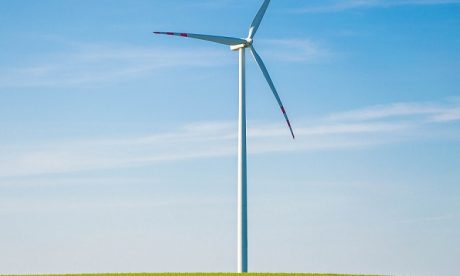In February 2015 there was a significant development in plans for an EU-wide Energy Union, with the European Commission’s adoption of a ‘Framework Strategy for a Resilient Energy Union with a Forward-Looking Climate Change Policy’. The new strategy document outlines the Commission’s ambition to attain ‘secure, sustainable, competitive, affordable energy for every European’. The initiative seeks to transform energy markets and energy/climate policy across the EU. Among other things, the Energy Union is intended to facilitate cross-border coordination and integration in energy security, trade, regulation and efficiency, as well as in low-carbon development and research and innovation.
The development of the Energy Union presents abundant challenges. Policy and legislative changes will need to be coordinated across 28 countries. Variations in EU member states’ attitudes to security and energy policy may lead to differences in, or clashes between, priorities. The wider context is also complicated, as the EU faces a number of interrelated challenges to its energy and climate policies. Many of these are rooted in broader policy issues: violence and instability in energy-supplier countries, the partial transition to low-carbon energy, and concerns over the impact of policy and market changes on competitiveness relative to other major economies such as the United States and China.
Thomas Raines, research fellow, Europe Programme, and Shane Tomlinson, Former Senior Research Fellow, Energy, Environment and Resources, Chatham House
Read more: Europe’s Energy Union: Foreign Policy Implications for Energy Security, Climate and Competitiveness


